This month marks the 148th anniversary of Colorado’s statehood, and we wouldn’t be Colorado without our rich gold rush history. This month we are featuring another Dining OFF the Rails recipe—and what Colorado dining looked like before the railroads arrived. One of the foods that the early pioneers depended on while traveling to the gold fields was referred to as hardtack, which we will share the recipe for below.

Figure 1 Map of the gold fields in Colorado by Barry Lawrence, 1859.
Before we dive into this month’s recipe, let’s talk about Colorado’s Gold Rush. Small amounts of gold had been found in parts of what was, in the late 1850s, considered a part of Kansas Territory. Some of the earliest gold that was found happened to be in Cherry Creek, near present-day Confluence Park in Denver. When substantial amounts of gold were discovered in 1859 near what is known today as Idaho Springs and at Gregory Gulch near Central City, the rush was on.
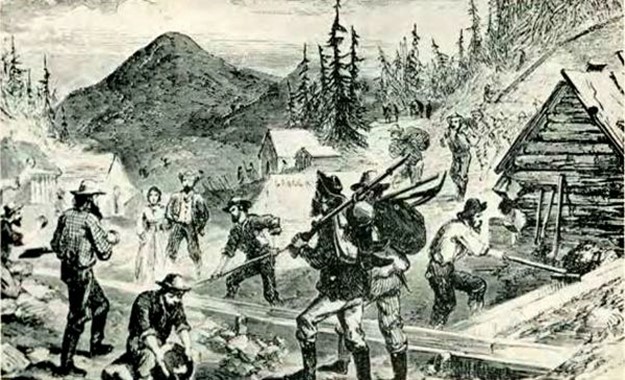
Figure 2 Artist rendering of mining in Gregory Gulch, 1859.
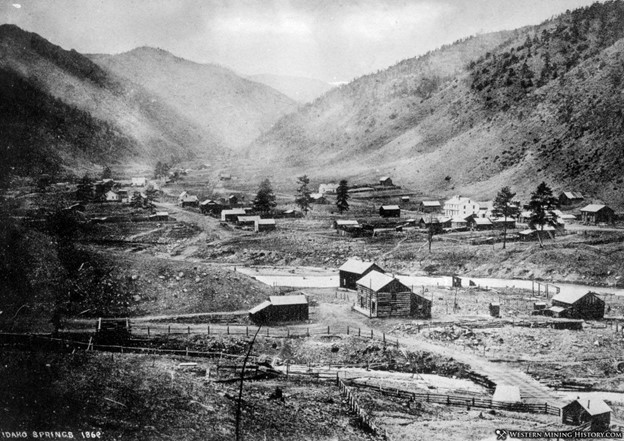
Figure 3 Idaho Springs, where some of the first substantial gold was found in Colorado, circa 1860.
Over 100,000 settlers rushed into Colorado in what was known as the Pike’s Peak or Colorado Gold Rush, hoping to find their own gold and get rich. The journey was not an easy one, however, and food provided a unique challenge. One of the early pioneers in 1859 was a formerly enslaved woman named Clara Brown. Brown headed west to Colorado as part of a wagon train. She was looking for her daughter, Eliza Jane, who – along with the rest of their family – had been separated when the owner of the family died. To get passage, Brown agreed to be the cook and washerwoman for one of the wagon trains. Food on the westward journey consisted of hardtack, dried beans, bacon, flour, salt, sugar, tea, coffee, and dried apples.
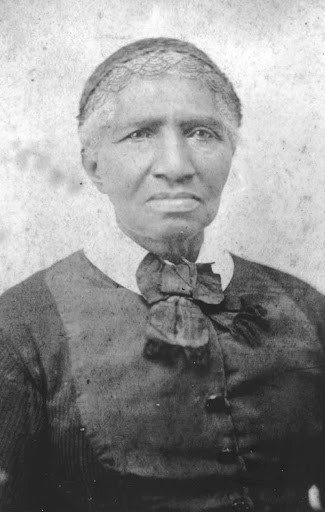
Figure 4 Clara Brown, Colorado pioneer, 1870s.
Cooking food while on the trail was challenging, and hardtack was a food that could be prepared in bulk and eaten without further cooking when the time came. Hardtack consisted of flour, water, and salt. The cooking process dehydrated the cracker-like food, which made it a good option for food, though unappealing as far as taste goes. In his book Galloping Gourmet: Eating and Drinking with Buffalo Bill, Steve Friesen notes that while hardtack did keep, weevils would get into it. To help, pioneers would dip the hardtack in coffee, which not only would soften the food and allow for consumption, but also cause the weevils to float to the surface of the coffee, where they could be scraped off the top.
Another pioneer who came to Colorado during the Gold Rush in 1860 was Mollie Dorsey Sanford. She and her husband, along with a group of six (which included two couples), traveled 700 miles from Nebraska to Denver. The two women were responsible for the cooking. In her journal Mollie, she stated:
“Half the people we see are heading for Pike’s Peak. On one covered wagon I see lettered, ‘Pikes Peak or bust,’ and on one returning, “Pikes Peak and busted.”
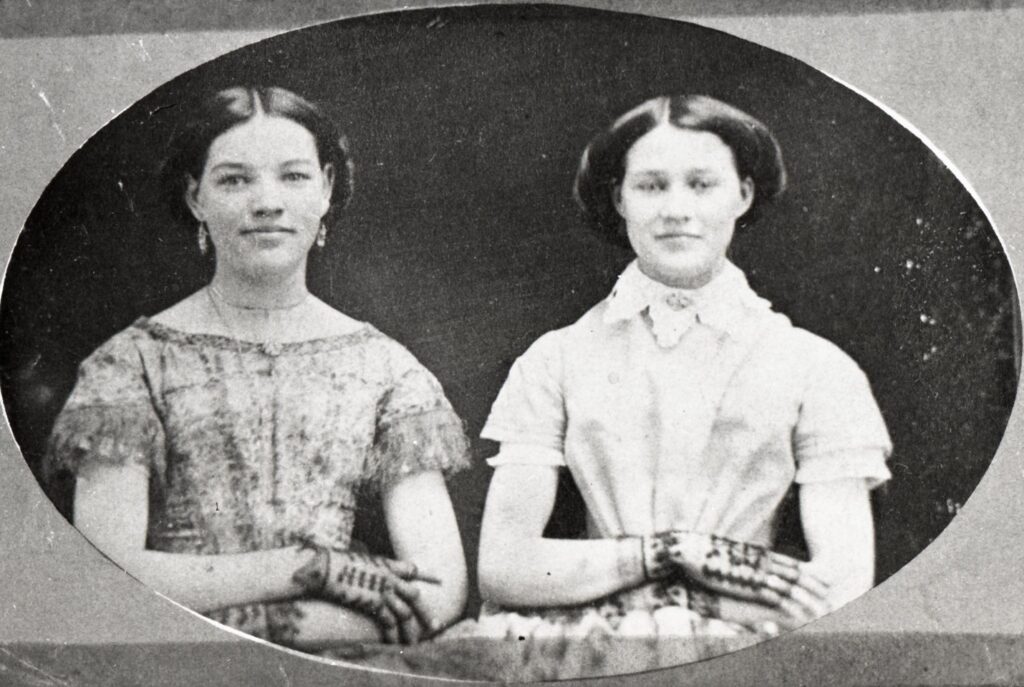
Figure 5 Mollie Dorsey Sanford, left, with her sister Nan, 1857.
In addition to the provisions Sanford’s group brought for themselves, which included cattle for fresh milk, the pioneers also hunted game as they traveled. They obtained fresh meat from antelope, which they salted after butchering as a means of preserving it longer. Their trip from Nebraska to Denver took from April 12th through June 24th. When they arrived in Denver they enjoyed “lettuce, radishes, and young onions for dinner, a treat to us.”
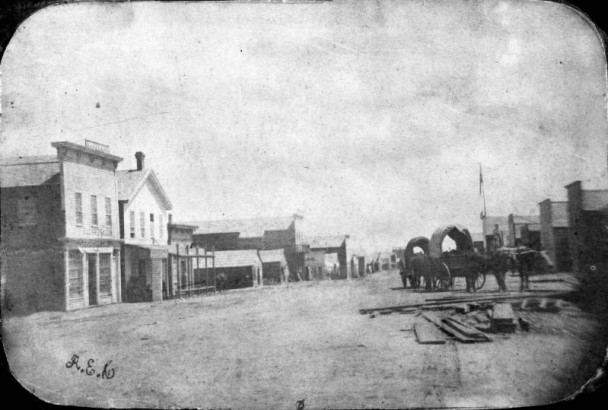
Figure 6 Denver in 1860.
Food wasn’t just challenging while traveling across the plains to Denver, but also in the gold rush communities in general. When Mollie Sanford and her husband Byron moved to Gold Hill, Colorado, she was responsible for cooking for 18 to 20 people in some of the most rudimentary conditions. She had to cook outside over a campfire, though she was able to use her cookstove; it only held a single loaf of bread or one pie at a time. Their meals consisted of bread, meat, and coffee which they all consumed from tin cups and plates. When the boardinghouse did obtain luxuries such as potatoes, they went missing. The Sanfords originally thought one of the men at the boardinghouse was responsible, but found instead that pack rats hid them in the cloth that was used to keep the dirt from the roof off of the table!
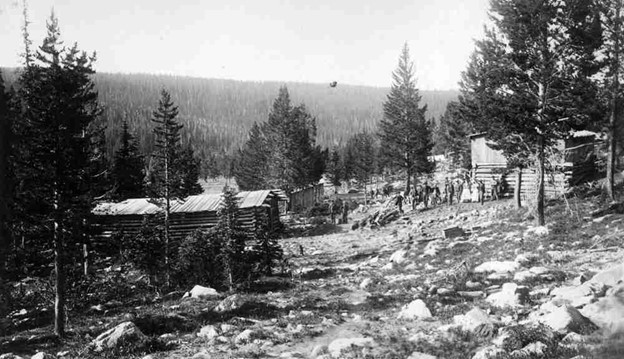
Figure 7 Gold Hill, Colorado which became one of the earliest mining camps in the state, circa 1860.
The arrival of the railroad changed dining in Colorado and the West. The Gold Rush put Colorado on the map, and the large influx of settlers spurred the creation of Colorado Territory in 1861. With the completion of the Transcontinental Railroad in 1869—and railroads in Colorado connecting previously remote communities to the line—travel West became more efficient, and food was easily transported.
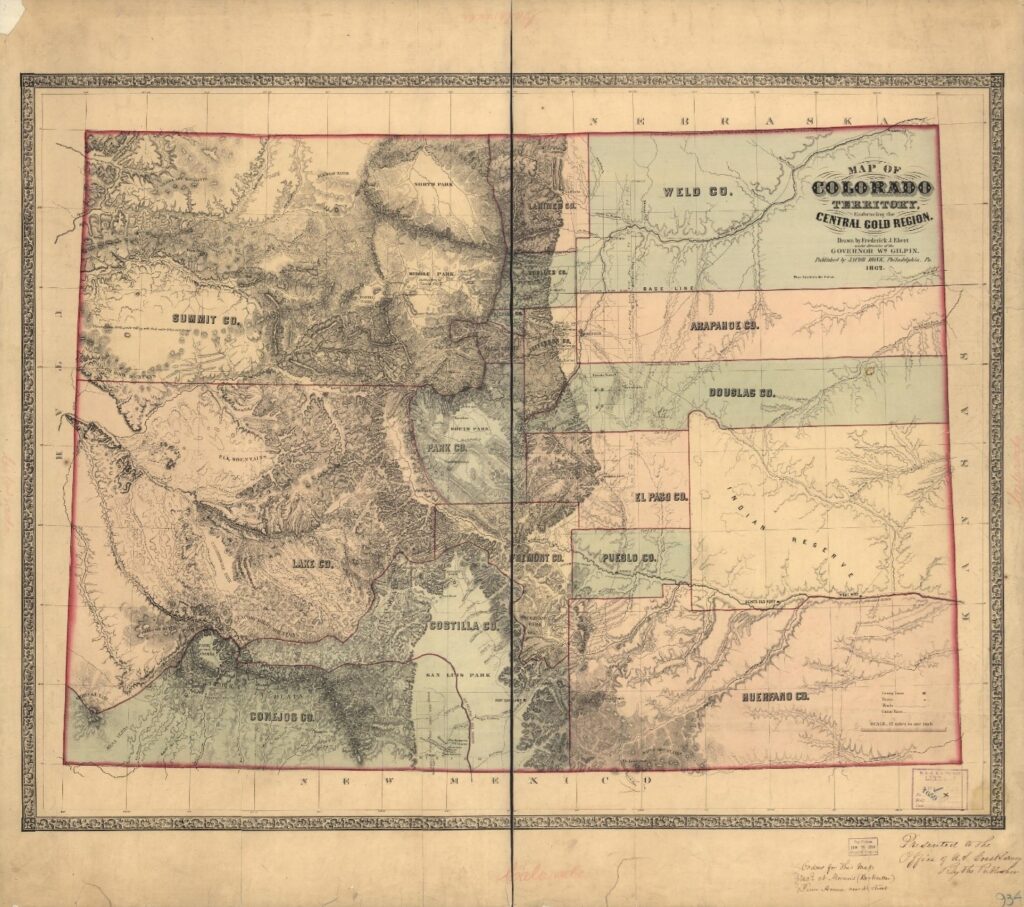
Figure 8 Map of Colorado Territory, 1862.
We hope you enjoyed our brief history of Colorado’s Gold Rush and the food on the westward journey. The Colorado Railroad Museum’s second annual Gold Rush Days event will be happening on August 10th and 11th. Like last year, the event will feature steam train rides, gold panning, blacksmith demonstrations, and more! For more information, check out our website!
If you try the recipe, we hope the weevils stay away from it! If you do try it, please let us know on our social media accounts, or in the comments below.
Hardtack
Knead flour, water, and salt; roll out on greased 12-by13 inch pan; cut into fifteen pieces; pierce each piece with sixteen holes. Bake for 30 minutes at 425 degrees Fahrenheit, 15 minutes on each side. Reduce temperature to 200 degrees Fahrenheit and bake until all moisture is removed from crackers (approximately 8 to 24 hours). Crackers will not burn in a 200 degree Fahrenheit oven, so may remain in oven almost indefinitely.
Recipe adapted from Galloping Gourmet: Eating and Drinking with Buffalo Bill by Steve Friesen.
Past Dining on the Rails Posts:
Dining on the Rails July 2024: Mary Engle Pennington and Union Pacific Chicken Salad
Dining OFF the Rails: Buffalo Bill, Delmonico’s, and Quail on Toast
Dining on the Rails: Oyster Pie and Olive Dennis
Dining on the Rails: Braised Rolled Calf’s Liver En Casserole and the Denver Zephyr
Dining on the Rails: Hashed Browned Potatoes and Potato Trains
Dining on the Rails: Champagne!
Railroad Hot Chocolate!
Pumpkin Pie!
Fred Harvey Coffee and Flank Steak
Roast Leg of Mutton
Mineral Water Lemonade
Roast Spring Lamb
Fruit Salad and Fruit Salad Dressing
Union Pacific Cole Slaw with Peppers
Bourbon Toddy
Cinnamon Toast and Children’s Menus
Harvey Girl Special Little Thin Orange Pancakes
Old Fashioned Navy Bean Soup
Apple Cider
Peach Cobbler
Barbeque
Mountain Trout
Eat like a Hobo!
Mother’s Day Shirred Eggs
How about a nice Old Fashioned?
French Toast, Anyone?
A Chocolatey Valentine’s Treat!
Western Pacific Pork Tenderloin
Cranberry Sauce
Oyster Stuffing!
Chicken Pot Pie
Chili
August 2021 – Pullman “Tom Collins” Cocktail
How about a salad?
Atchison, Topeka & Santa Fe Ham!
CRI&P’s New England Boiled Dinner
A Sweet Treat for your Valentine!
Black Eyed Peas!
Eggnog
Happy Thanksgiving!
Union Pacific Apple Pie
August 2020
July 2020
June 14, 2020
June 7, 2020
May 31, 2020
May 24, 2020
May 17, 2020
May 10, 2020
May 3, 2020
April 26, 2020
April 19, 2020
April 12, 2020
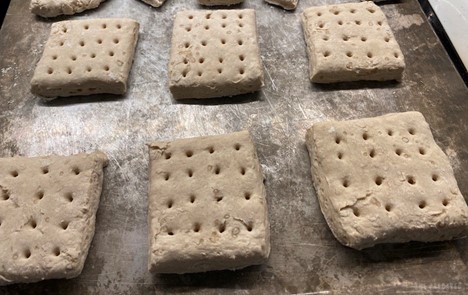
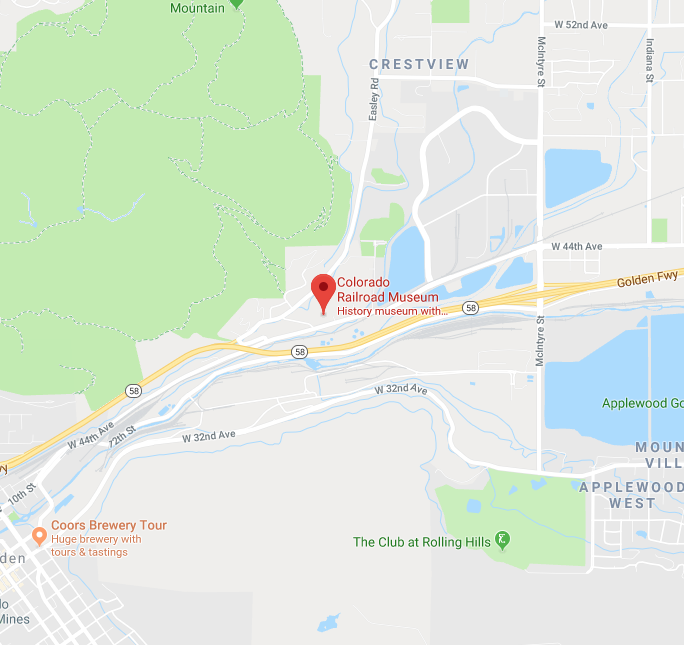


0 Comments